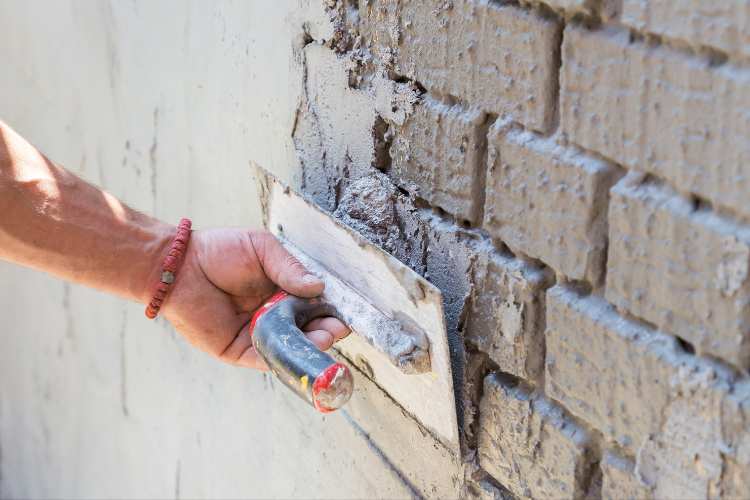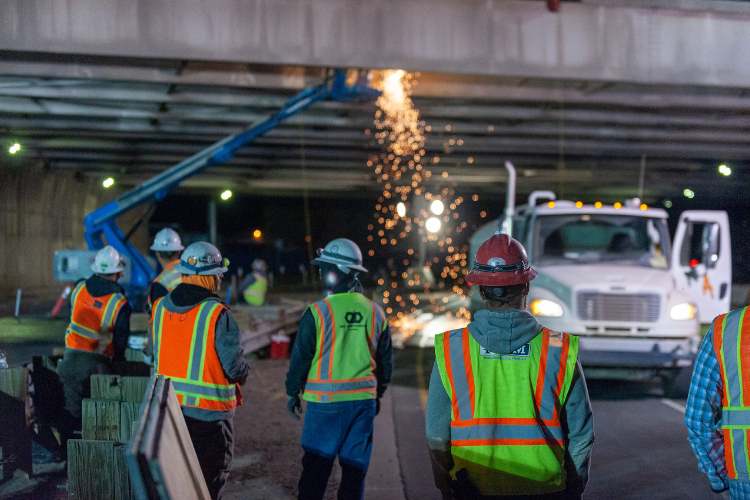In almost every industry, revisions to a project scope, large and small, are inevitable. The construction industry is no different. After signing an agreement for a construction project, there are three ways to alter it:
- Change orders
- Construction change directives
- Architect’s supplemental instructions or ASI
Table of Contents
What is ASI in Construction?
An ASI in construction (Architect’s Supplemental Instructions) is a document that contains revisions, changes, and/or additional information that an architect issues to the contractor to supplement the original construction plans, specs and blueprints they provided. ASIs are one of several ways the owner, architect and/or contractor can ask for changes to a project that has already begun.
Authorized for use by the American Institute of Architects under paragraph 7.4 of A201-1997, an architect can only use an ASI to resolve informational issues or make minor changes that do not affect a construction project’s budget or alter the timeline. ASIs are involved in nearly every kind of construction project— from a family home to a corporate headquarters.
There are two things ASIs in construction absolutely cannot change:
- The contract sum
- The contract time
The use of an ASI would not be an appropriate way to include new specifications that alter the plan in any way. However, although an ASI is reserved for minor changes, they can still affect large portions of the work.
Examples of an ASI include:
- Trim configurations (at complex intersections)
- Lighting or electrical layouts (how an exterior light actually connects to the siding material)
- Transitions between materials that had not been previously thought out
Reasons for an ASI include:
- Changes in material/equipment/fixture selection
- Details that had not been previously determined in the construction plan set
- Recognition of error/omission
- In response to an RFI
- Reviewing agency request
- Request by the project owner
- Changed conditions
- Request for substitution
What Subcontractors Should Do When They Receive an ASI
Once a subcontractor is alerted to an ASI, the clock starts ticking. The first thing they need to do is verify that work has not yet begun before moving forward.
Pro Tip: If work has already begun, the ASI must be rescinded, and a change order needs to be issued to add in the new cost and additional time to the contract. While the ASI stipulates there is to be no change to the cost or the time, this is where subcontractors need to be mindful. If the subcontractor begins to enact these changes, they have given up their right to ask for further compensation or time.
After moving forward on an ASI in construction, (assuming it won’t actually affect the cost or time on a project), it is imperative that it be added to the contract documents once it’s been created. The general contractor must ensure that the subcontractor receives the ASI immediately. The GC will also need to include the change on any further documentation, including applications for payment.
How ASIs Can Affect a Sub’s Pay App
Although ASIs may only deal with small changes, you should tread carefully with them. If they’re mishandled or misunderstood, it can be costly for a sub. Even though the contract sum won’t change on account of an ASI, this does not mean that an ASI can’t affect your application for payment. If the pay app doesn’t reflect the change made in the ASI, payment will probably stall. This is why a subcontractor must ensure that an ASI is included in the contract documents (and confirm that it won’t affect cost or time).
The Difference Between ASIs and CCDs
Both ASIs and CCDs are tools to revise the scope of a construction project, but construction change directives differ from ASIs pretty substantially. Unlike a change order, which requires an agreement between the project owner and the contractor, a CCD is used when no agreement can be reached. As a result, the architect makes the final decision. CCDs are not requests, they are essentially forced directions that a contractor will have to figure out how to handle. Both ASIs and CCDs hinge on the architect’s involvement and judgment.
The contractor can either agree to the changes in price or timing or dispute the agreement. And while a CCD can be helpful to the owner, due to its often contentious nature, it is no surprise that some of these disagreements lead to litigation. Still, the contractor is expected to perform the work specified while the dispute is pending.
Construction project changes are inevitable. Without a well-written contract to guide the execution of these changes, disputes can arise. The first step to avoid disputes is to get acquainted with the ins and outs of construction contract terms like ASIs.











